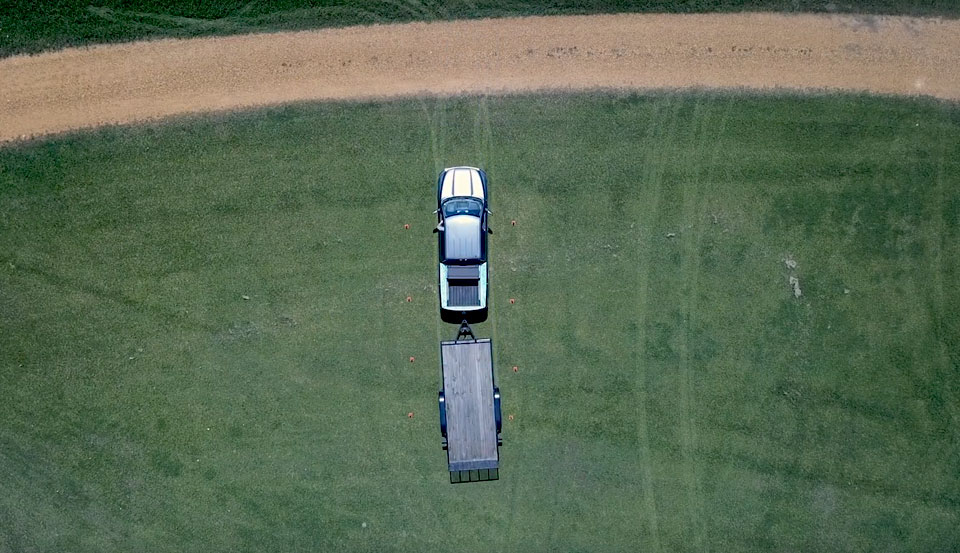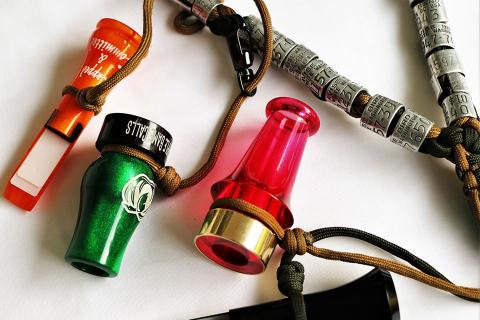Reversing camping, boating and utility trailers into spaces for parking and unloading is an acquired talent that must be practiced.
Beyond the necessity of enlisting qualified towing professionals to help drivers determine the towing capacities of particular vehicles and supply correct towing accessories, properly attaching the trailer to the towing vehicle is the driver’s first order of business.
Before learning how to properly back up any trailer, it is best to embed the following procedure into your mind to safely and effectively hook up to any trailer, every time.
How to Hook to a Trailer
Step 1: Attach trailer to Towing Vehicle
Back your vehicle into position to align the receiving end of the trailer tongue with the ball on the trailer hitch of the towing vehicle. Once the ball sits immediately under the trailer’s receiver, lower the trailer into position by lowering the trailer’s jack until the ball fully receives the entire weight of the trailer. Note that if the trailer doesn’t require a trailer jack due to its size and weight, the trailer may be able to be placed into position by hand. Individual users must use their own discretion or the discretion of a qualified professional to safely move a trailer by hand.
Most trailers have some form of an adjustable tongue that is released when attaching the trailer to the towing vehicle’s hitch and then is locked into place with a lock pin or similar-functioning item.
Step 2: Stow Away the Trailer Jack
Once the trailer is properly attached to the towing vehicle, stow away the jack so that it is not at any risk of dragging the road in any way during travel. Trailer jacks vary in design. Some require cranking a lever enough to elevate the jack so that it is positioned so that it isn’t exposed to hit anything. Other trailer jacks can rotate or swivel 90 degrees so that they are positioned parallel to the trailer receiver, minimizing any risk of them being exposed enough to drag or hit any items during travel.
Step 3: Attach Safety Chains
In the U.S., safety chains are mandatory. The best method to attach them to the towing vehicle is to cross them to create a cradle, should the receiver coupling break or otherwise disengage.
Step 4: Attach the Trailer Lights
Attach the trailer’s light output to the towing vehicle’s trailer light input. Always test brake lights and blinkers at this time.
Step 5: Final Inspection
Before towing the trailer, give the prior steps one last look over. This helps reveal any final changes that need to be made. One thing to always check is to make sure trailer chalk blocks are removed from the trailer tires. Be sure to take them with you as you never know when you may need them when parking the trailer next.
How to Back Up Trailers

The best way to learn how to back up a trailer is to practice first-hand. Any new student of trailering should pre-scout a practice location. An open, flat, abandoned space or a big parking facility that’s not in use are ideal.
Arrange marks that will serve as target marks to back the trailer into or around. Small flags, highway cones, ribbons or spray paint are all ideal when trying to setup “practice lanes” to maneuver into and/or around.
From the long haul interstate trucker to the weekend warrior, the absolute key to successfully backing trailers is to use very deliberate actions and very slow speeds, which avoids the two very real problems that arrive when backing up with a trailer: jackknifing and inadvertent contact with obstacles.
Practice sessions teach drivers to recognize and avoid Jackknife dangers and how to get out of Jackknife situations, which is only accomplished by pulling forward. Optimally, the driver will have room to maneuver the entire rig well forward of the target and align for a nearly straight into-the-target-space performance, minimizing left and right adjustment.
To start the final back-in procedure of a trailer, steer from the bottom of the steering wheel. With that positioning, right steering moves the back of the trailer to the right and vice-versa. Big corrections during this operation are best made by stopping the vehicle completely, turning the wheels of the vehicle to create the desired effect on the trailer and continuing slowing.
Learn to use mirrors when backing up trailers. New students of the trailer should learn to use the vehicle’s side mirrors almost exclusively because there are several situations and trailers where mirror-only backing is required. Mastering the direct-view approach where the driver turns while seated to direct the trailer by looking over one or both shoulders is easiest, but it is an incomplete skill. Top drivers facing demanding situations often use a hybrid technique with both side mirrors and the direct-view approach in play.
Together, with a spotter a second person watching a directing the trainer's progress, successfully learning how to back trailers is a fun, easy and relatively quick study.



























